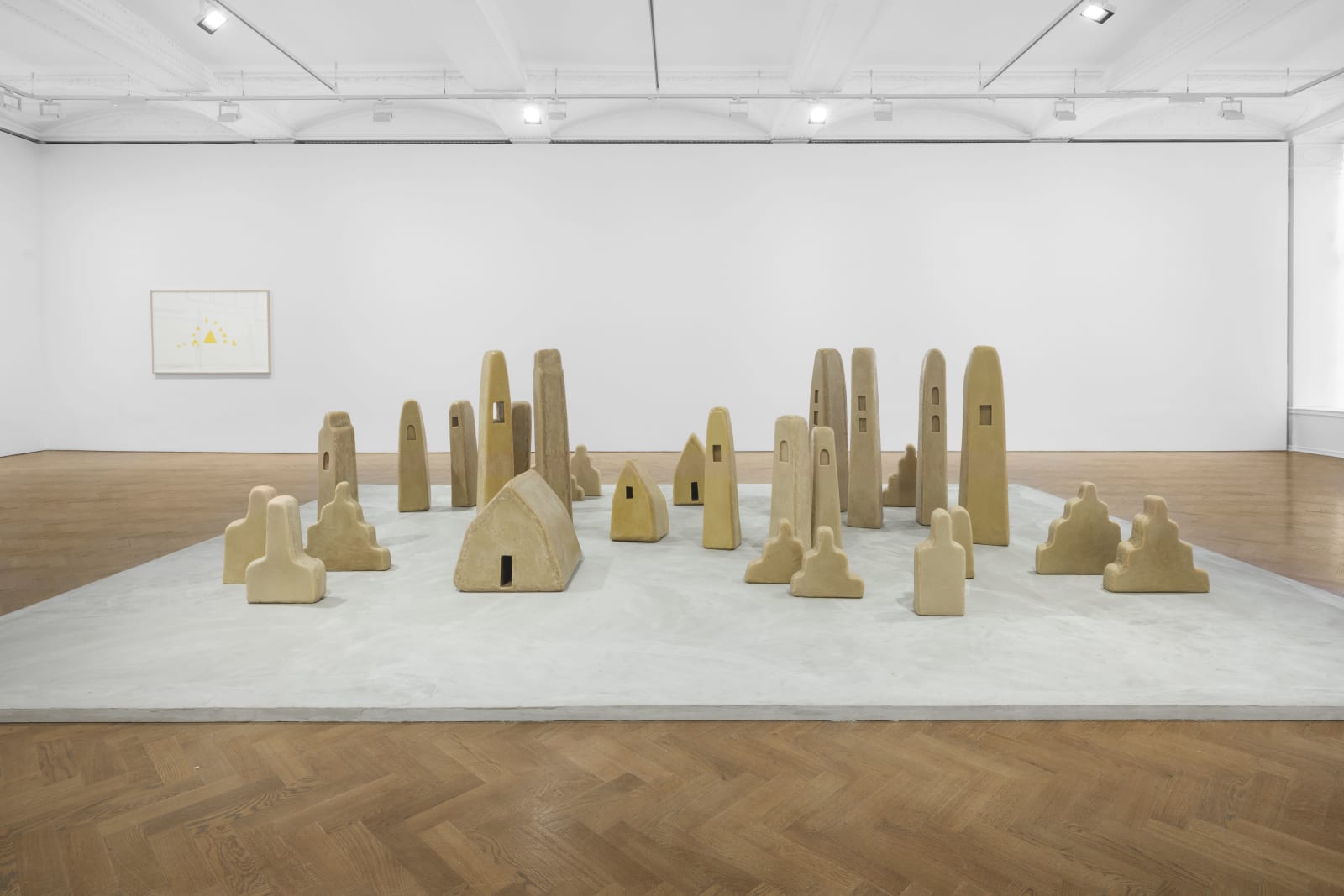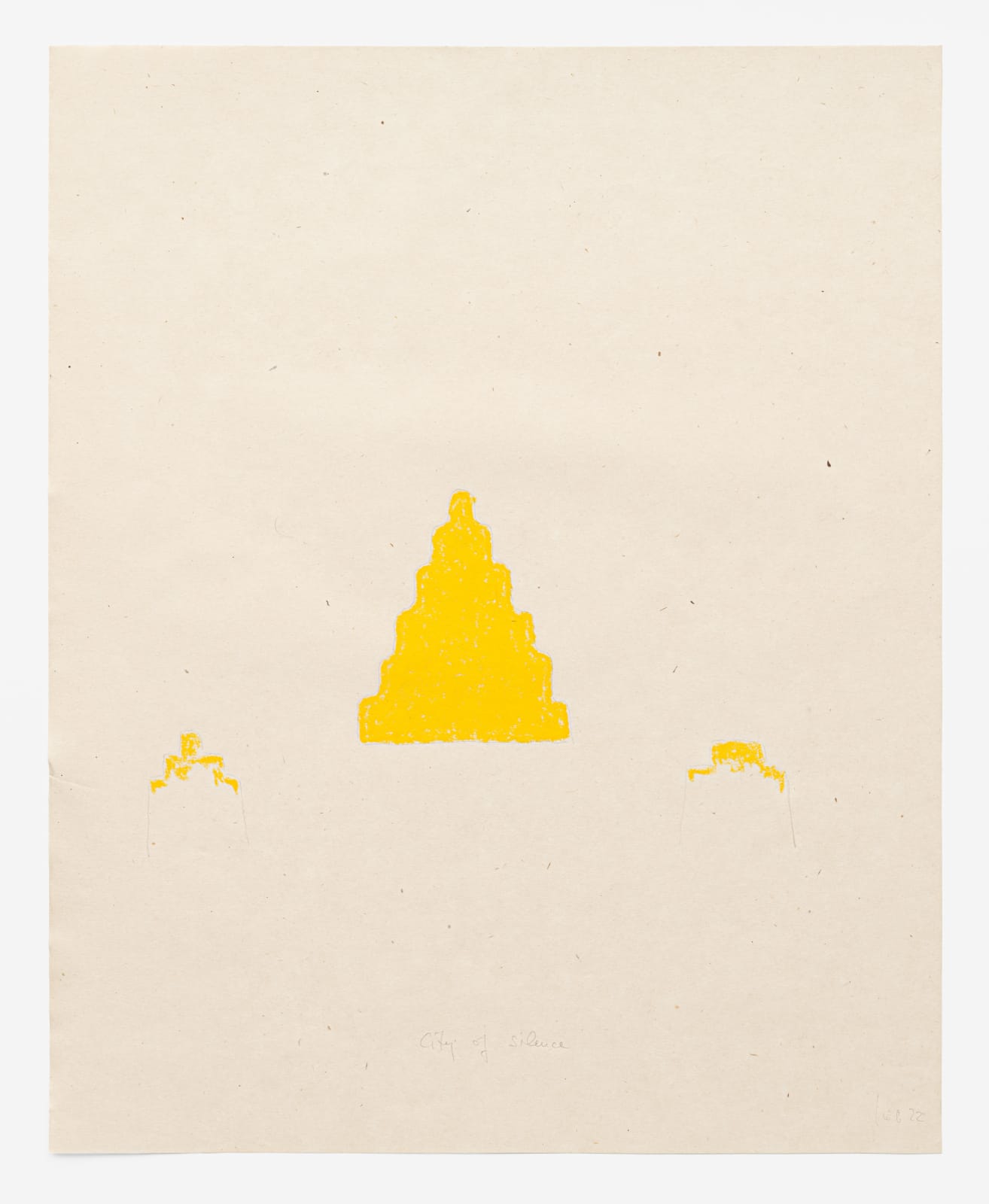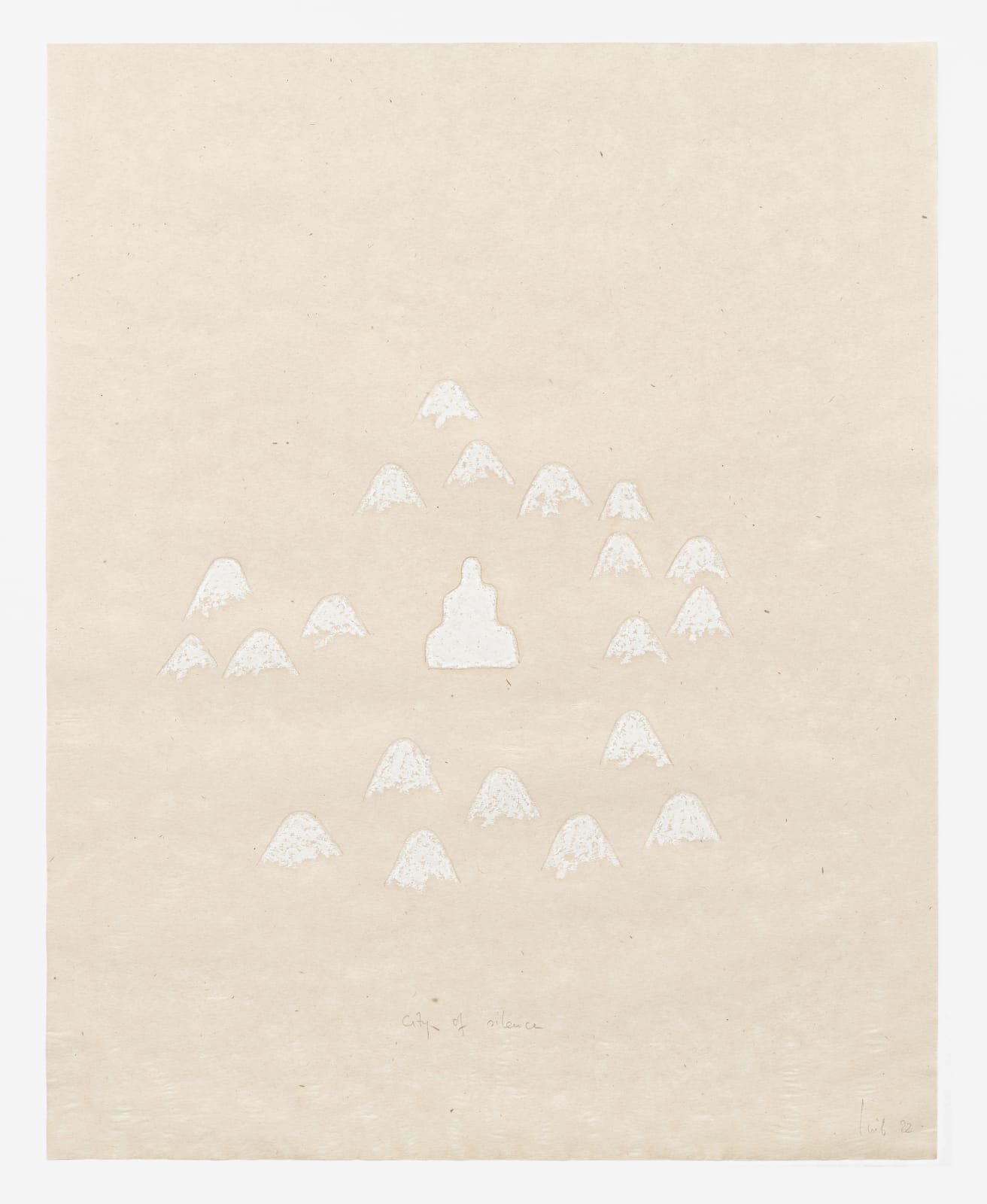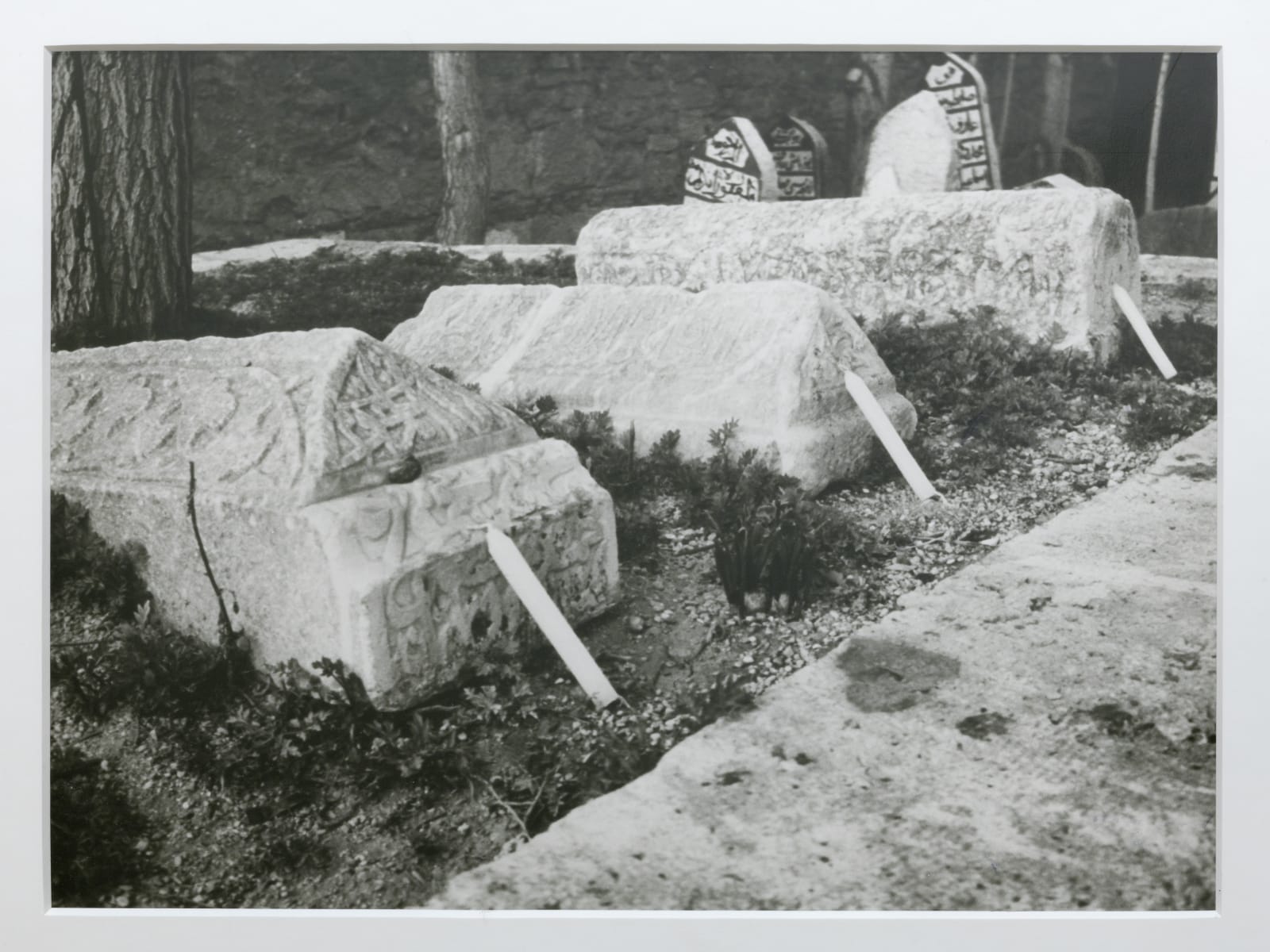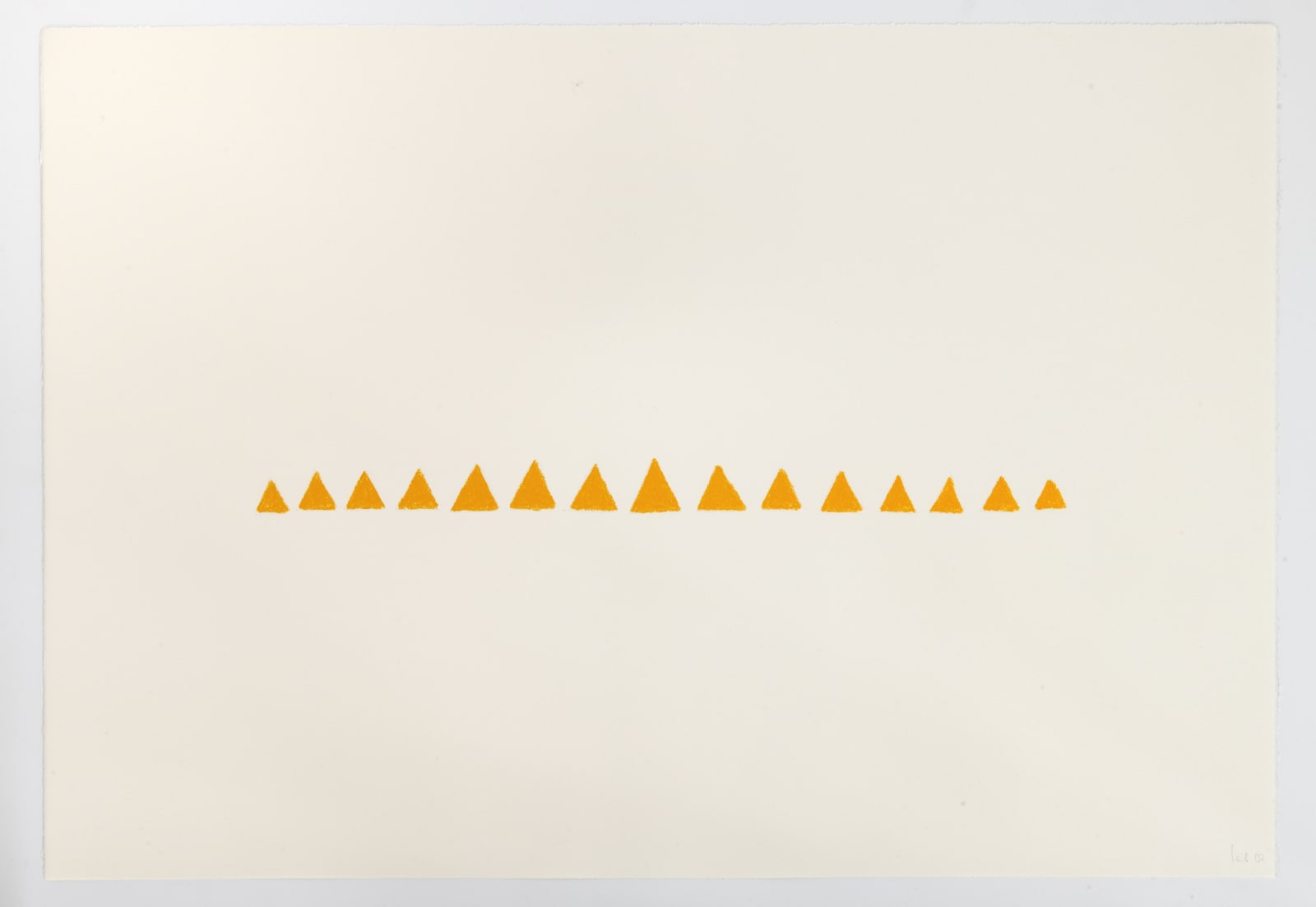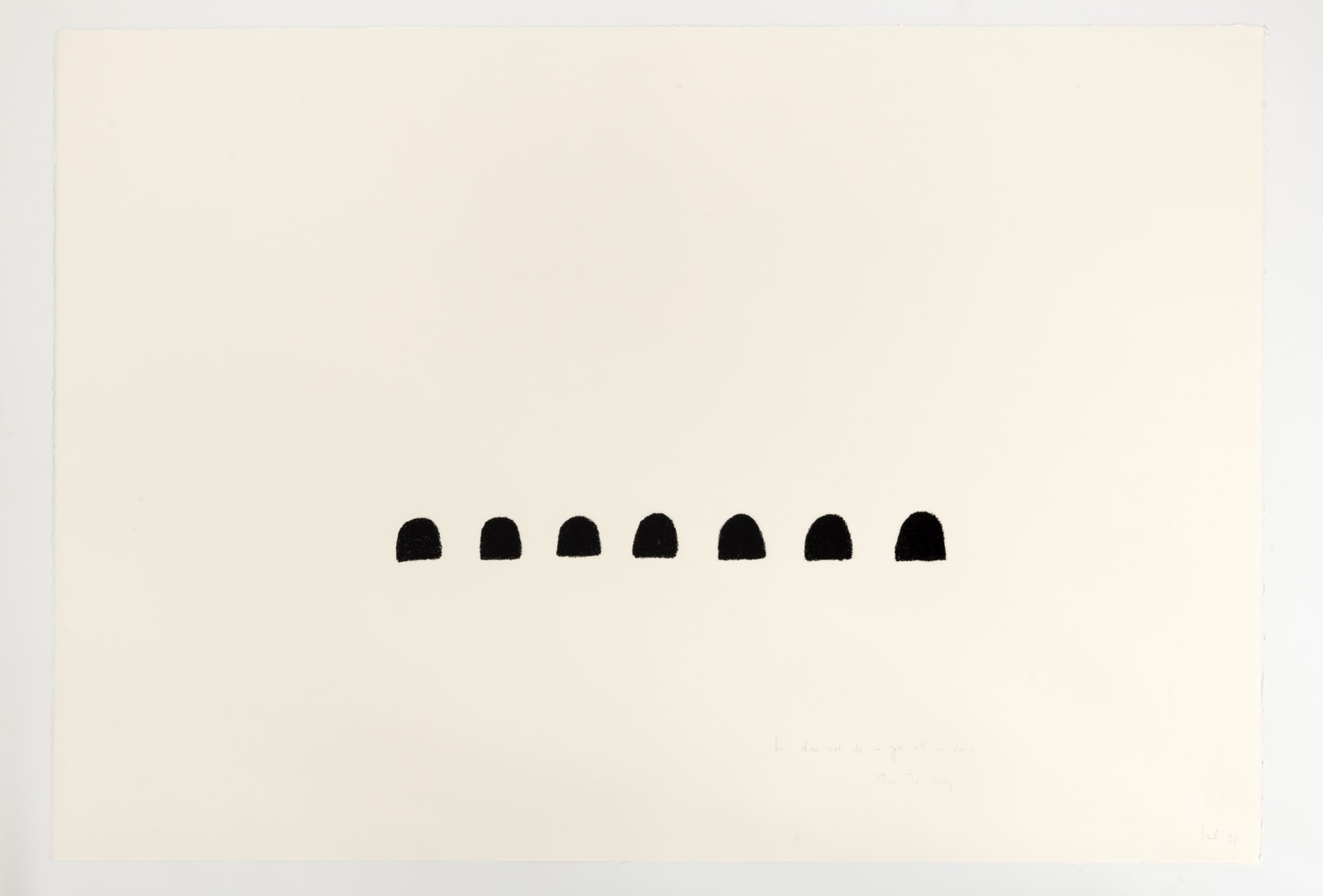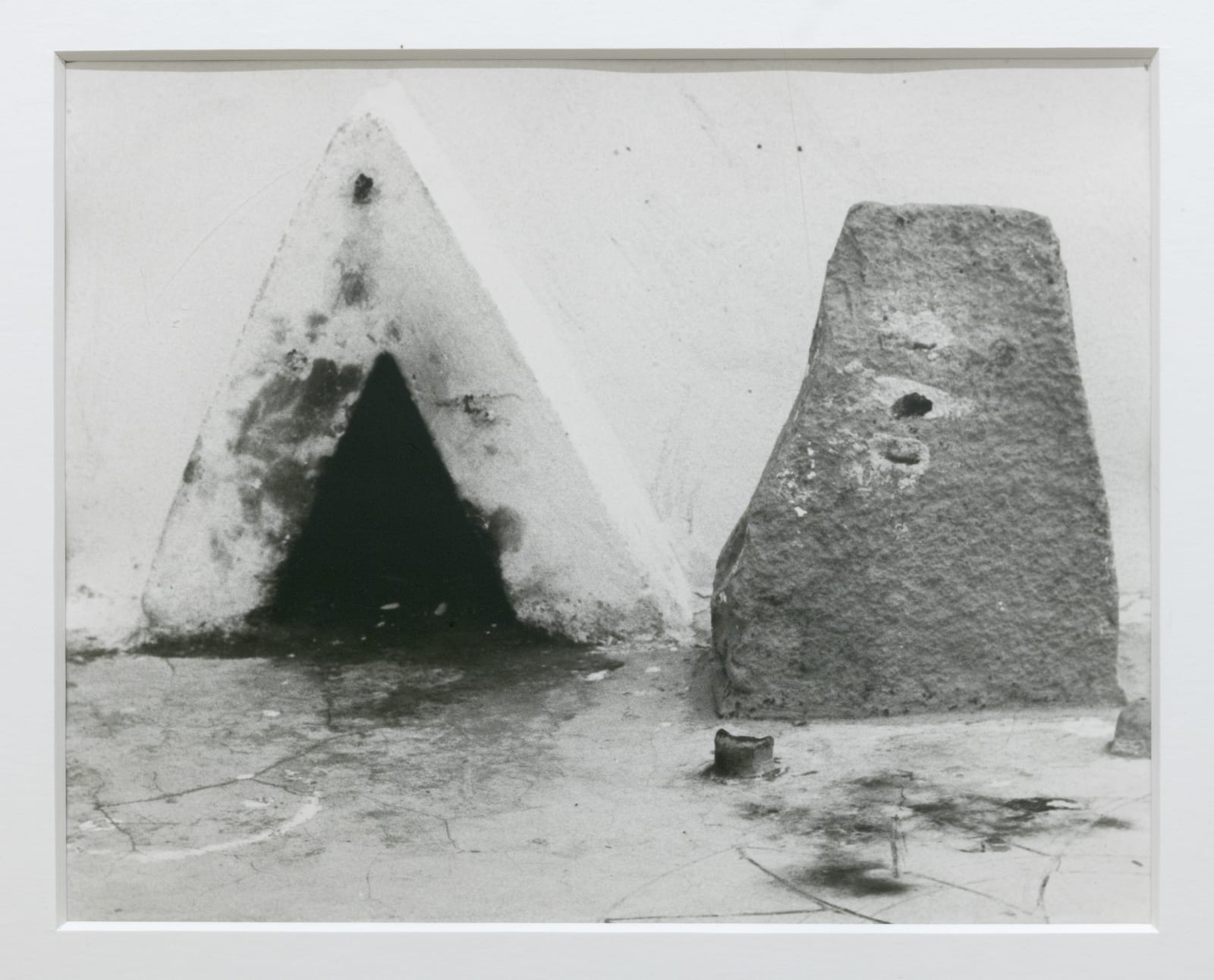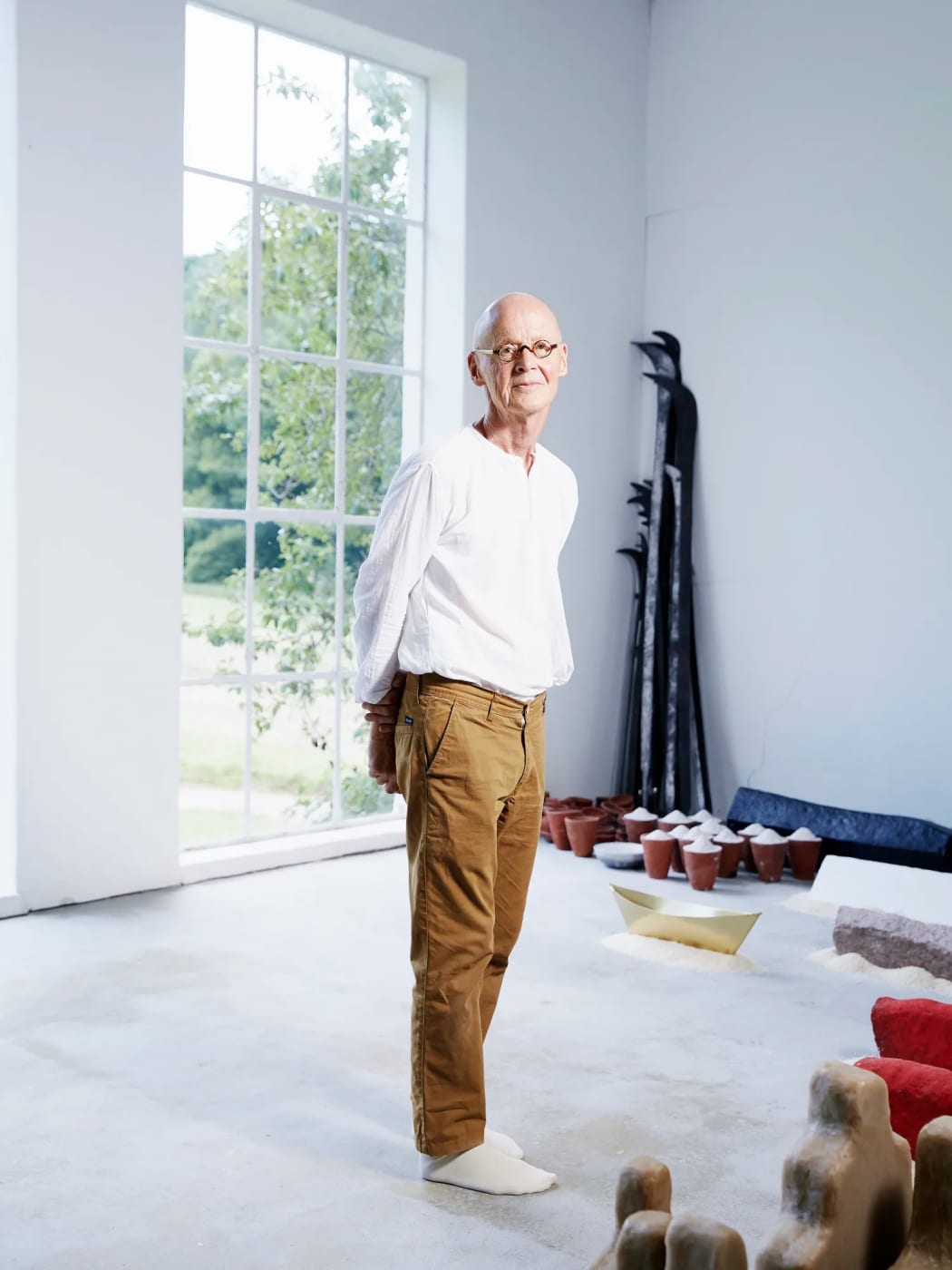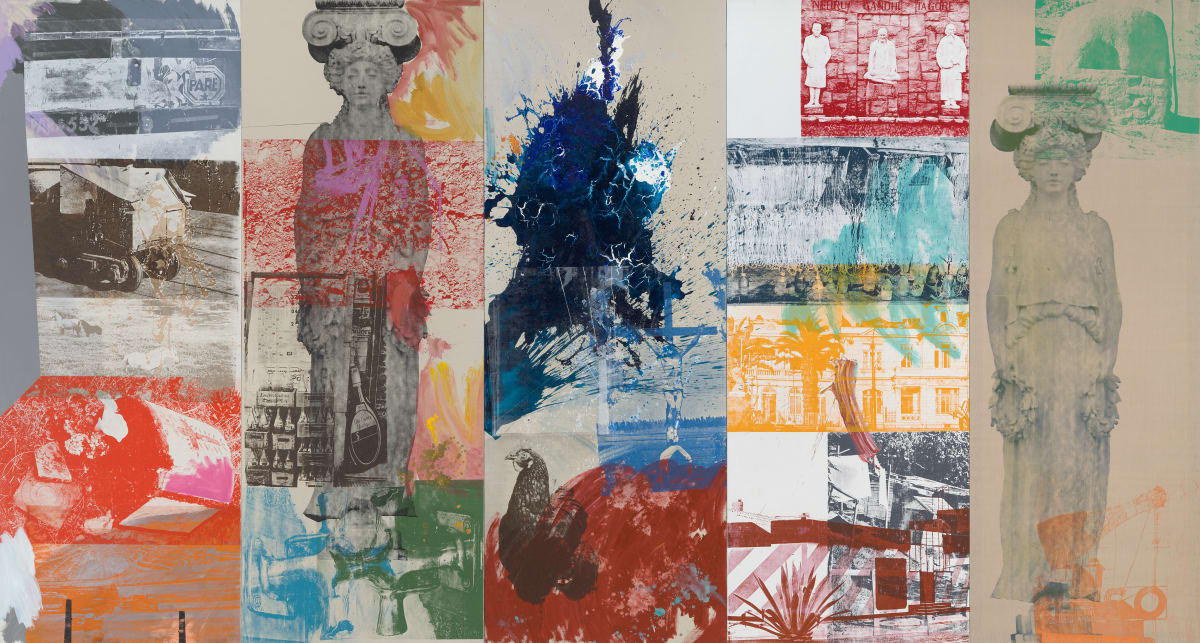
I think it is a search for the universal, for the timeless. This is why my works use natural materials and why my work is close to nature [...] That’s what I like about pollen, milk and beeswax. They are materials that can become spiritual. – Wolfgang Laib

Zikkurat, 2018
Wax
46 x 51 x 6 cm (18.11 x 20.08 x 2.36 in)
Signed and dated base

Tower of Silence, 2020
Wax
110 x 18 x 17 cm (43.3 x 7 x 6.69 in)
Signed and dated base

The house form appears alongside the tower and ziggurat in the City of Silence installation. The act of creating the house out of beeswax is loaded with particular meaning for Laib. He says, ‘it is hard to describe what beeswax is for me, but I think it is a very spiritual material, and to use it as a “building” material, to “build a house”, led me (I hope) to a spiritual course’.
House, 2021
Wax
45 x 31 x 27 cm (17.7 x 12.2 x 10.6 in)
Signed and dated base

The power of Laib's sculptural practice lies not solely in its synthesisation of form, but also in its appeal to sensorial experience. The title, City of Silence, anticipates the meditative quietude of the viewer's interaction with the unpopulated cityscape. The beeswax exudes an aromatic fragrance which recalls the medicinal properties attributed to the substance throughout history, connecting Laib's artistic interest in the human condition to his early experience training as a doctor in Germany.
These sensory elements are heightened in the artist's use of the material in his wax cells and corridors. First created in 1988, the interiors of these large-scale architectural spaces are lined with his signature beeswax and are typically illuminated by glowing, golden light bulbs. Installations such as the 40-metre-long wax corridor at Anselm Kiefer's vast studio complex in the South of France, La Ribaute, or on view at the Mori Art Museum, Tokyo, as part of their 2022 programming, envelop the individual in a mystical, immersive environment.

Many of the drawings feature towers and ziggurat forms articulated in golden yellow pigment. The hue evokes the colour of the beeswax and the luminous pollen that the artist collects from the land surrounding his property in Germany's Black Forest for his large-scale installations, such as at MoMA, New York in 2013 where he ‘drew’ a square on the floor of the gallery with the yellow dust.
Untitled, 2022
Oil pastel, pencil on Arches handmade paper
Unframed: 57 x 76 cm (22.4 x 29.9 in)


Other drawings in the exhibition are executed in white oil pastel on white paper. Although two-dimensional in nature, these works are reminiscent of the artist's iconic marble sculptures, Milkstones. First created in the 1970s, a slab of marble with a concave upper edge is filled with milk in a ritualistic act. As with the new drawings, a perceptual ambiguity occurs as the two materials appear to visually blend together due to their shared whiteness, imbuing the works with an ethereal quality.
Untitled, 2021
Oil pastel, pencil on Hahnemühle handmade paper
Unframed: 52.5 x 78 cm (20.47 x 30.71 in)
Milchstein (Milkstone), 1992/1993
Marble, milk
6 x 31 x 38 cm (2.4 x 12.2 x 15.0 in)


In many mythical and religious traditions, the boat is a symbol for journeys made between earthly and spiritual realms: it ferries mortal souls to the Underworld in Greek mythology, carries the sun and moon as they travel across the sky in Ancient Egyptian cosmology and delivers humankind to fecundity in sacred Hindu scripture. For Laib, ‘the open form of the little boats - inaccessible conveyances into another world - extends a spiritual invitation for us to strive, in reflection and contemplation, towards unknown goals’.
Rice is understood to be a source of sustenance that, in its ephemerality, is connected to cycles of birth and death. Each pearlescent grain holds the potential for germination and reproduction. Situated beneath the brass vessels, the rice offers the boats the material and symbolic energy to fuel their otherworldly journeys.
Untitled, 2011-2012
Brass ship and rice
15 x 14 x 74 cm (5.9 x 5.5 x 29.1 in)

The drawings are not conceived by Laib as preparatory material for his sculptures. They are rather a medium through which he is able to achieve combinations of architectural forms and motifs that would not be possible in the material world, for instance, placing ziggurats and ships inside mountains. These immaterial compositions offer an insight into the idiosyncratic worlds constructed by the artist in his examination of humankind's complex relationship with the material and spiritual.
Untitled, 2000
Oil pastel and pencil on paper
Unframed: 62.5 x 78 cm (24.6 x 30.7 in)

